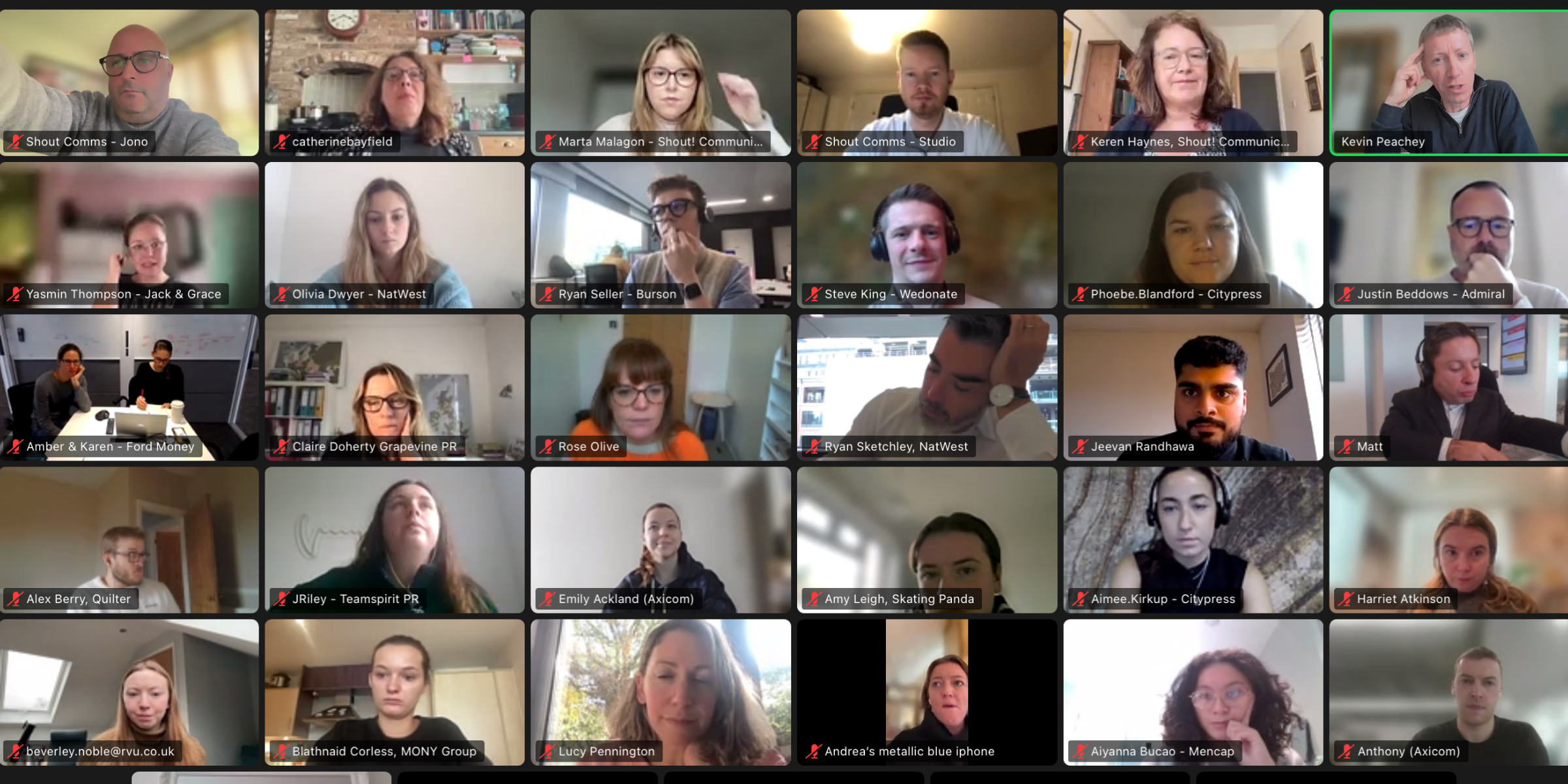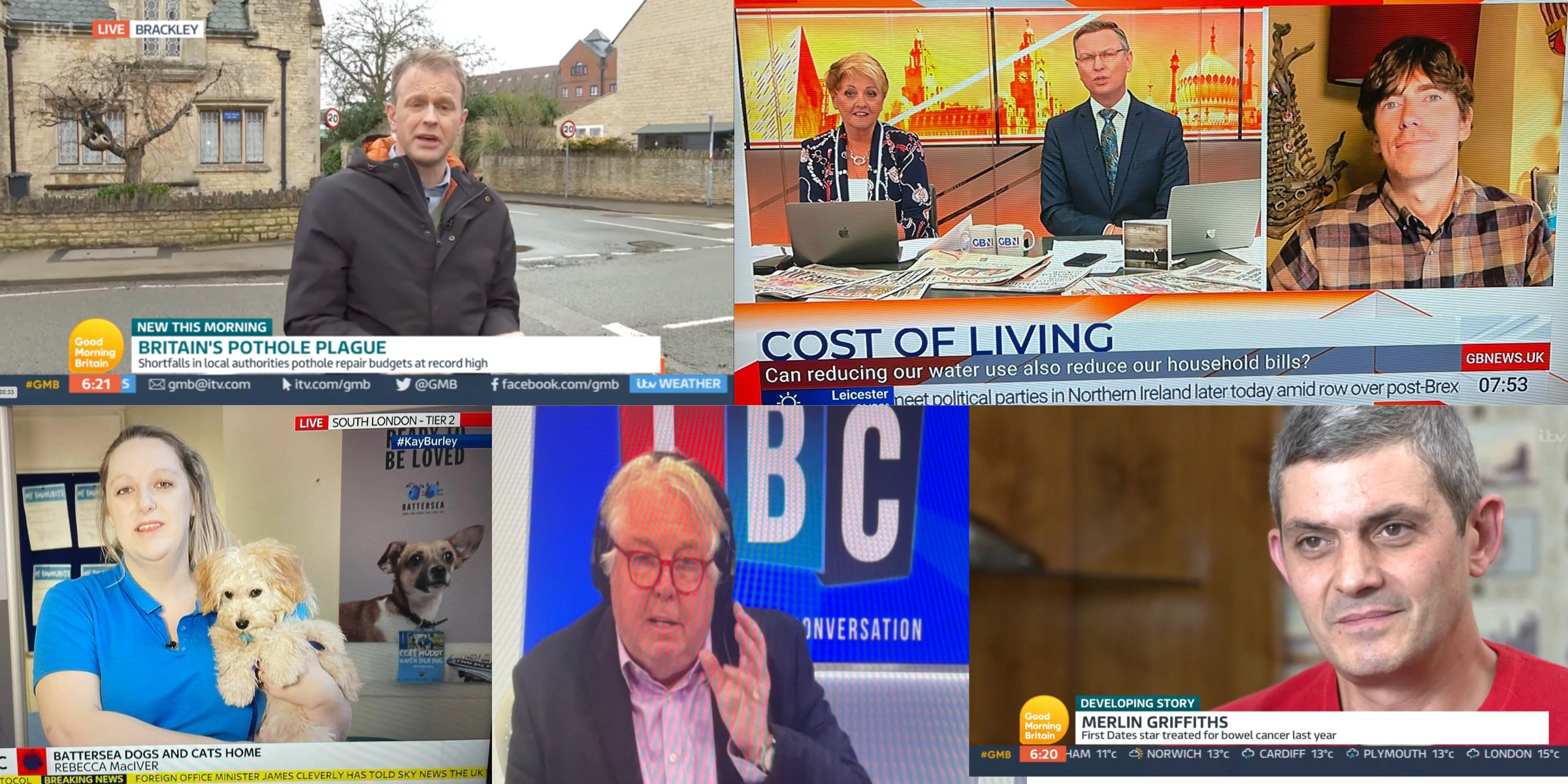This blog is a based on Is Research Dead? a programme broadcast on Shout! Digital Radio earlier this year. In this programme Joint MD of Shout! Communications Keren Haynes talked to Lucy Davies, Brand Manager at Direct Line Group and 72point’s Director of Strategy, Jay Williams, about the best use of research in PR. Written up by Sam Munton.
Research can sometimes have a bad reputation in PR circles, but in our experience, radio in particular still has an appetite for a story based on numbers. Many of the most successful broadcast days we do are based around some sort of new research.
But with so much competition for air-time, how can you make your research appeal to broadcasters?
We spoke to Lucy Davies, Brand Manager at insurance company Direct Line Group about the types of research they use to complement their campaigns. She says there are 4 different types of research:
- their own claims data, based on customers’ experiences, which the media love
- FOI (Freedom of Information) requests which takes a lot longer but is very credible because it comes from official sources.
- Scientific research, which takes a lot longer. The last such story Direct Line Group did like this was about women and drink driving and it took more than two years to pull together.
- Online, commissioned and paid for research.
Direct Line Group use all these styles of research for their broadcast days with us, securing interview spots on a wide range of radio (and sometimes TV) stations, including nationals and BBC regionals. But, with so many research stories out there, Lucy thinks being able to give journalists Direct Line Group’s own data definitely gives its brands the edge.
For example, she says: “With Green Flag it works brilliantly, you can get some really interesting and quirky stats out of the business that the media write about almost on a weekly basis.”
“Anything to do with the weather is really newsworthy. This time of year (April), one of the reasons people break down is because their tyre pressures are low and the pot holes have got bigger after a long winter and not yet been filled. That causes a lot of issues, so we are putting a pot hole story out in the next couple weeks that will predict how many breakdowns we will attend because of that.”
The fact that the story was based on real industry research gives a credibility to the story; it makes it much more authentic than commissioned online research or instance. According to Lucy, the volume of internal research she has access to is both an asset and an obstacle. Fortunately, the Group’s PR team works alongside the company’s dedicated Data Science Unit, an invaluable resource that helps the comms team identify the most interesting statistics within their customers’ claims history and breakdown logs.
Lucy explains: “We start off by getting the information they can provide for us, and then in conjunction with the research they have given us, we also go and get some consumer research to back it up with. So, we have two types of research, which makes a far fuller story.”
At Shout! Communications not a week goes by without us doing at least a couple of stories based on consumer research undertaken by companies such as OnePoll, alongside their news generation sister company 72 Point. Sometimes there is scepticism about PR generated surveys, a point taken by 72 Point’s Head of Strategy, Jay Williams: “I have a bit of a love hate relationship with surveys, too often they can be a standby for when people have run out of creative ideas. But on the other hand, it depends on how creative your idea is. I think the key is to use research or insight as a driver for a bigger activation”
The best research, according to Jay, is based on a great idea. He explains: “I think it has to be idea first. If a story is good enough, you don’t even need a survey. If it is just an activation, conversation or a real story fine. But I think the thing to do is treat the insight as a trigger for a bigger activation.”
After commissioning research from a polling agency, it is important that you double check the information before you write the release. As Lucy explains “When we get the spread sheet back with all the stats and we write the story up whatever that is and would never go out with it without triple checking every fact. The last thing we would want is to go to the media with something that is incorrect.”
Having a regional breakdown of the statistics is also essential to entice local BBC and commercial stations to pick up the story and a minimum of 1, 000 people need to have been polled. 2, 000 is obviously more credible. Any less than that and some stations won’t accept it.
To listen to the interviews with Jay and Lucy in full click here to listen back to Shout! Digital Radio’s Research is Dead programme.



